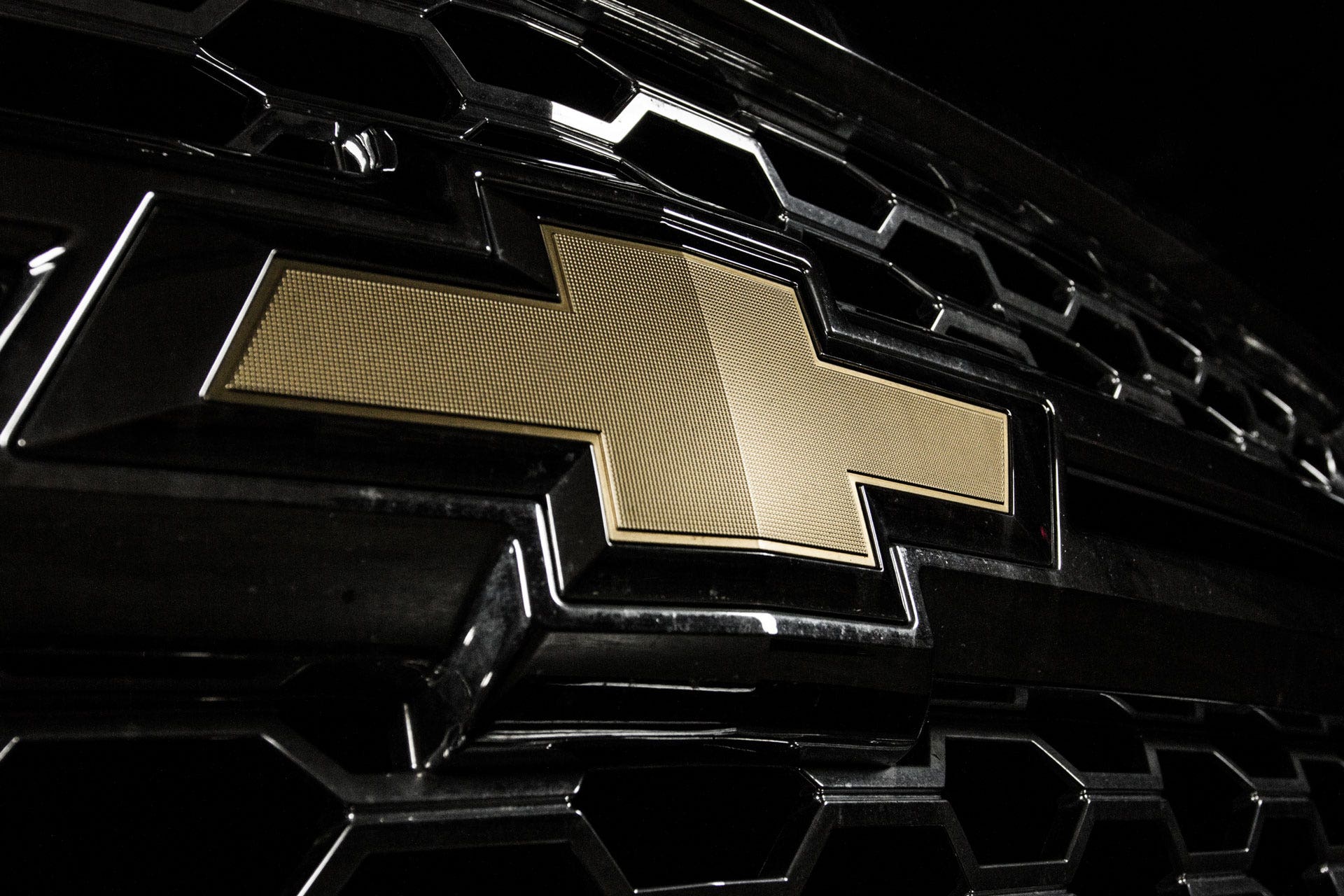
Comfortable Cooling - Radiator R&D, Part 1: Stock Review
The latest generation of Chevy and GM trucks has become something of an every-truck. The earlier GMT800 and 900 trucks were dependable workhorses, built to be at home on the farm or the jobsite. When the K2 platform was introduced in 2014, the heart of the work truck remained, but it was wrapped in leather and luxury. Ascending into a K2 truck and settling into the captain's seat might as well be finding your favorite chair in the local cigar club circa 1940. Comfort distilled with the satisfaction of a day's hard work.
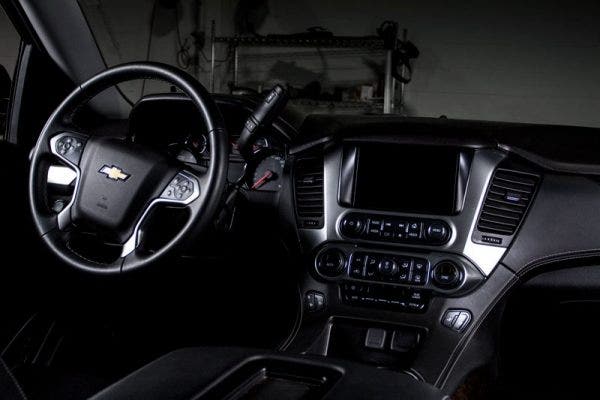
Sitting in a K2 is one of the most comfortable experiences you'll have in a truck or SUV, which will be good if you ever find yourself waiting for a tow truck as your radiator drips the last of its coolant onto the hard shoulder.
Thanks to an over-active thermostat, many K2 owners have found themselves indulging not in the comfort of their supple leather interior, but rather the sweet fragrance of hot coolant. The constant heat cycling and thermal shock resulting from the thermostat relentlessly opening and closing causes the radiator tubes to crack at the end-tanks. Of course, cracks and pressurized coolant don't mix well.
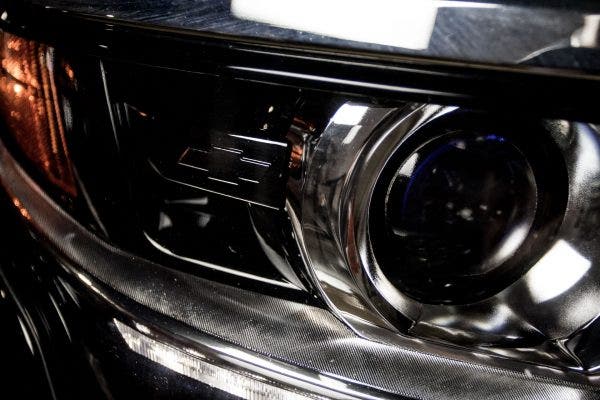
Now, that issue only affected 2014 and 2015 trucks, and GM (supposedly) remedied it with new radiators and more steadfast thermostats. So that can't be the only reason we're developing an all-aluminum replacement. And it isn't.
You could say that the most important part of research and development is the research. Here at Mishimoto, we like to take the time to improve any aspect of an OEM part that we can, and the effectiveness of those improvements relies heavily on being thorough in the first stages of research. For that reason, we brought in a few K2 trucks to get a hands-on look at what we'd be improving.
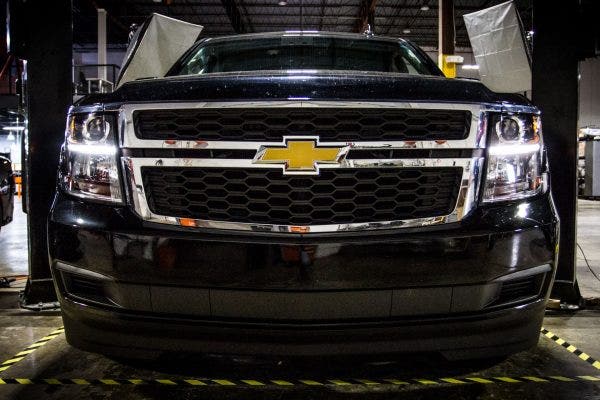
Our engineer began by peeling apart the cooling stack of our volunteer Suburban to reveal the dreary OEM radiator. The stock K2 radiator is comically small for such a large vehicle with an equally large and powerful engine. The width and height of the radiator match the proportions of the truck, but sighting down the core leaves one wondering if GM forgot to build the rest of the radiator. Matching thin cores to large radiators is not out of the ordinary for OEM manufacturers. The smaller core reduces material and manufacturing costs, saving them (and ultimately you) money. It also makes fitting the rest of the components in the front stack easier later down the assembly line. However, that thin core also limits the radiator's cooling potential.
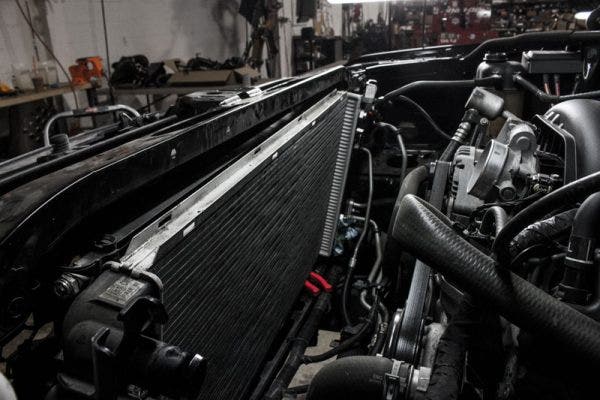
While it seems only the 2014 and 2015 K2 radiators had issues with excitable thermostats and cracked tubes, there's certainly room to improve other areas of the stock radiator. Aside from making the most use of our available space, we'll be sure to increase the radiator's overall strength. In true Mishimoto fashion, the plastic end tanks will be replaced with fully-welded aluminum. We also have a few ideas on how to increase the strength of the radiator from within, but more on that next time.
Thanks for reading,
-Steve




